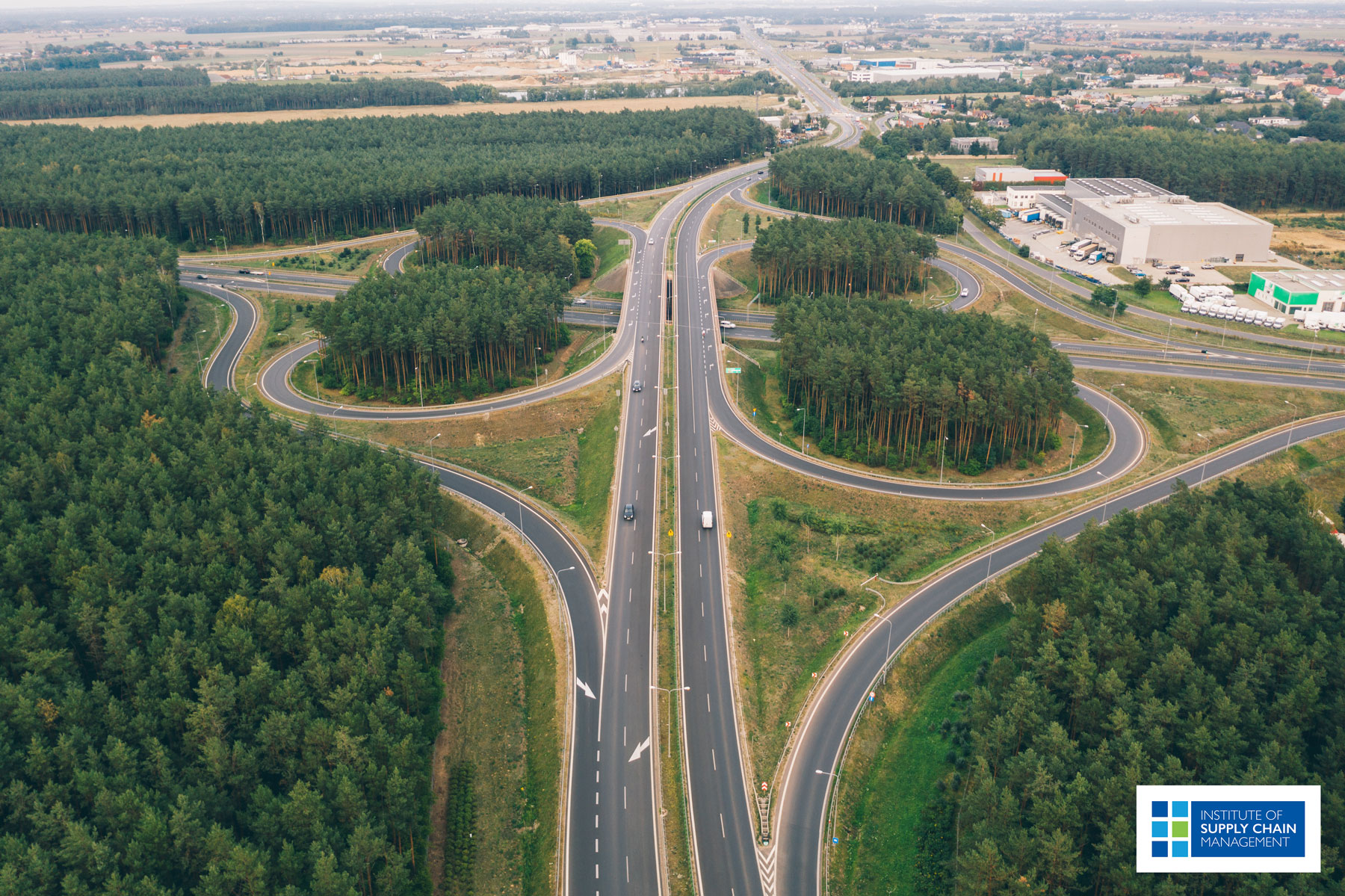
Photo by Marcin Jozwiak on Unsplash
Going “green” in your supply chain is the “right thing to do”, but it also dramatically improves your bottom line according to the Deloitte Resources 2019 Study.
The study suggests that “green means green” and highlights a connection between “green” in terms of resource management and “green” in terms of financial gain.
McKinsey research concurs, indicating that the worth of a company is the value of the company’s current cash flows, plus, the value of the expected growth in its cash flows. A critical influence over expected growth is sustainability performance – measured in environmental and social impact.
Further research by McKinsey states that companies that care about the environmental, social, and governance (ESG) create value that impacts their bottom line by:
- Saving money
- Reducing risk
- Boosting resilience
- Delivering what customers want
The article concludes that a strong proposition in ESG correlates to positive returns.
So, do you want to see these positive returns in your business?
Supply Chains In The Post-COVID Era And Their Impact On Sustainability
Businesses have already achieved substantial momentum in the sustainability arena. As they meet ESG objectives, they set more and more ambitious goals in different resource areas; from electricity and natural gas usage to reducing their carbon footprint.
Nonetheless, a McKinsey publication in August 2020, highlights that such efforts are not enough and we are still yet to meet the greenhouse gas (GHG) emissions-reduction targets required by the 2015 Paris Climate Agreement.
The two main areas inhibiting our ability to hit targets are:
1.Directly from factories
2. Indirectly from the consumption of electricity and the fossil fuels required to transport products and materials
During this challenging COVID era, businesses may see sustainability and profitability as conflicting goals. They may even struggle to justify investments in cleaner energy, manufacturing technologies, or alternative materials at a moment when your organisation is reassessing costs.
But, the impact in profitability is quite the opposite. The cost of running your supply chain not only will be lower but also your supply chain will consume less energy, use fewer resources, and produce less waste.
You may note a clear example with logistics.

Photo by Markus Spiske on Unsplash
Carbon Footprint Opportunities With Logistics Bring The King
In “Operations-driven sustainability” article, McKinsey states that the transportation sector is the world’s largest single source of greenhouse-gas emissions. In the US, it represents roughly 30% of total carbon emissions, with over 40% coming from freight transport.
Through logistics optimisation, you reduce your cost and emissions. This means using fewer trucks, ships, and aircrafts to move your products – and planning your supply chain so your transport assets cover fewer miles.
The ocean shipping industry has long been under pressure to reduce carbon emissions as consumers and international organisations recognise the environmental impact of marine freight operations.
It is widely reported that MSC, Maersk, and Hapag-Lloyd, are reducing their carbon emissions by 15%-20% and are working with carriers that are also trying to decarbonise their transport option to make further progress. Find out what MSC and other shippers are doing here.
Actionable Ways Of Achieving Sustainability
The fundamental factors to consider in defining and optimising any end-to-end Supply Chain strategy from an environmental perspective are:
- Reduce waste and improve efficiencies
- Reduce carbon emissions
- Reduce energy usage
- Conserve natural resources
- Reduce-Reuse-Recycle
- Promote clean, sustainable resource utilisation
An article by Supply Chain Gamechanger suggests five pillars to focus your efforts and decisions:
- Executive Support
You probably find this pillar unsurprising. Without executive support, no transformations can take place. An environmental program is no different. It needs to be embraced by the top leaders of the organisation to be successful.
- Node Supplier Selection / Management Involvement
The nodes in Supply Chain refer to the facilities involved in the manufacturing, processing, distribution, and consumption of goods. This includes manufacturing plants, warehouses, distribution centers, retail outlets, return and repair operations as well as consolidation points. All of them use resources to perform their operations.
You can see how suppliers physically located all around the globe increase the need for transportation among continents. This leads to carbon emissions. Considering this, the article states that any opportunity to create a more centralised network will result in a better environmental performance of your Supply Chain.
This relates to supplier selection and performance evaluation. When you are defining the selection criteria, you need to include factors of environmental impact.
By selecting the right suppliers and working with them, you can take great strides towards your sustainability goals.
- Logistics / Link Supplier Selection / Management
The links between the nodes are the freight, transportation and logistics players who move the goods throughout the Supply Chain. There are key considerations in this space:
- A higher number of distribution centers (DC) reduces the need for transport. Nonetheless, it increases the use of resources at the DCs.
- The various freight modes have a different impact on the environment. For instance, planes have a more damaging impact than that of rail or freight.
- Selecting carriers that are taking actions towards a greener environment. For example; those using speed limiters, focusing on reducing dead haul or under-utilised loads.
- Reverse Logistics/ Repair Operations
In a nutshell, regardless of your product, chances are that there is an opportunity to reclaim or repair some aspect of that product. Reduce-Reuse-Recycle.
- Technology
Technology plays a vital role in helping you plan and optimise your supply chain. As a result, it provides you with powerful tools to aid your decisions to best reach your carbon footprint emissions reduction goals.
Be Sustainable, Reduce Costs
A recent report by the United Nations on climate change summarises in its title the importance of sustainability for the environment and for you: “Leading Companies Cut Supply Chain Emissions, Save Money”.
It’s time for you to think how you can connect the two greens – resource management program – and green, financial gain.
Author: Nicholas Zabikow
Executive Vice President of Global Sales and Marketing

Who is Yojee?
Yojee (ASX: YOJ) is helping companies overcome their most complex supply-chain challenges through innovative technology.
Yojee works alongside companies large and small to modernise the way they manage their businesses. Whether creating bespoke solutions for some of the world’s largest freight forwarders or enabling SMEs with their standard product, Yojee has established itself as a key innovator in the Logistics Technology space.
Yojee has offices in Singapore, Australia (Sydney, Melbourne and Perth), Malaysia, and Vietnam, yet works with customers across the globe to deliver its unique software solution.
The product itself is a browser-based SaaS Logistics platform, combined with a powerful driver app that leverages mobile phone technology, that delivers a high-performance ecosystem capable of handling enormous volume with ease, giving unparalleled visibility, accountability and control to logistics operators.
Yojee is cloud-based, secure, and powered by Artificial Intelligence (AI) and Machine Learning (ML) for world-class fleet management and optimisation, helping companies of all sizes to optimise and manage delivery operations on a mass scale.
Yojee is fast becoming a key name in the Logistics innovation space and is helping organisations across the world to transition into today’s digital world.
